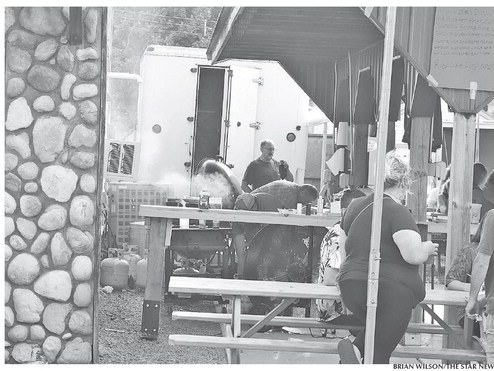Vox Pop - Riegert opposes any cutting in the Campus Woods


Uncritically considered, the proposal to remove all ash trees from the Campus Woods because of Emerald Ash Borer (EAB) damage seems to be the only alternative.
Intent to be good stewards is appreciated. Google Dictionary defines a “good steward” as “someone who manages and cares for resources responsibly”, which is “in a sensible or trustworthy manner”.
It defines “harvest,” as a “process or period of gathering in crops“ and “crops” as “a cultivated plant that is grown as food, especially a grain, fruit or vegetable”.
Removal won’t improve, but degrade diversity and health. Regardless of the conscientiousness of any logger chosen and that logger’s effort to treat the woods with respect, any off-trail machine travel for access will leave routes littered with the next generation of saplings bent, crushed or debarked and the felling will wreak havoc equivalent to a major windstorm.
Work is “expected to be above average”. If it isn’t, it can’t be reversed.
Most felled trees will be green, heavy and strong, as only a fraction of the ash trees are dead and nearly all those are less than 10 inches in diameter. The larger they are, the healthier they appear. Not all may even be infested. Dead trees left standing become brittle and lightweight by drying and cause far less damage, if any, to neighboring vegetation when falling. They usually disintegrate or become lodged.
Heedless economical conduct caused the initial infestation when a product crated in infested wood was imported to the Detroit/Windsor area in 2002 from an eastern Asian region native to the borer. Should an economy responsible for the damage also profit from it? That would provide incentive for more damage. Our economy didn’t plant, cultivate or protect these infested trees. It doesn’t deserve to take them and probably doesn’t need the earnings. (A county employee once said I needn’t worry about the Campus Woods because the county was making so much money from the county forest). The woods and its inhabitants will make better use of them. The dead wood will be a bountiful refuge for hard-pressed species requiring it. The “harvest” adds insult, and additional injury, to the damage. The Wisconsin Department of Natural Resources EAB page says that 98% of ash trees in a stand will be killed by EAB within 6 years of infestation. What of the remaining 2%? Could they be resistant to EAB and produce a resistant next generation? Removing all ash trees will make this an impossibility. Will infested wood be transported to a region that isn’t infested? If so, better left where it is.
— Michael J. Riegert, Medford


